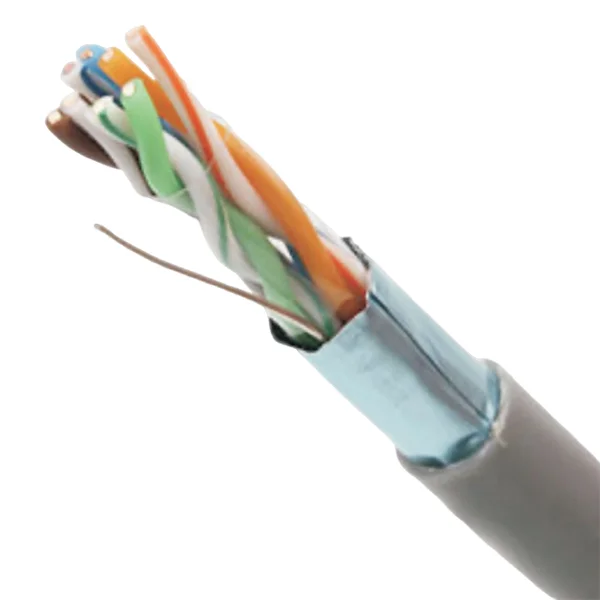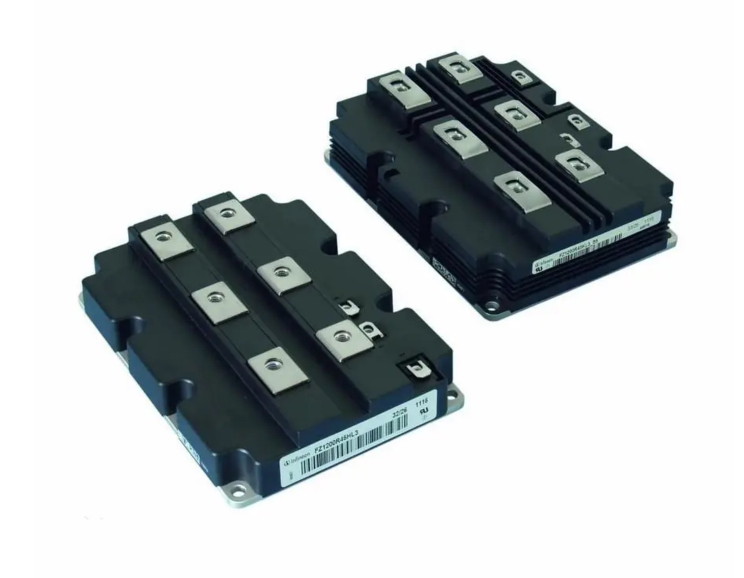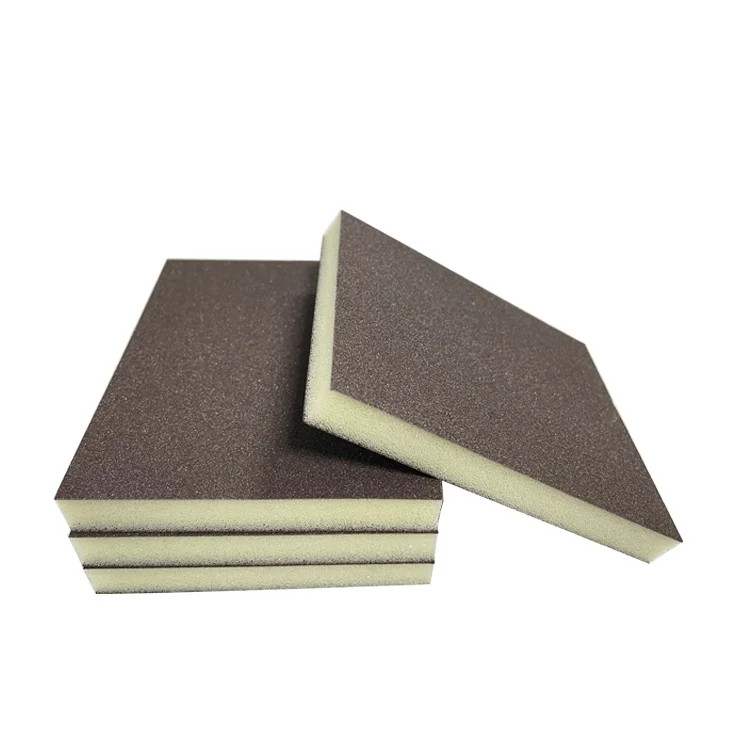In the world of electronics, soldering is an essential skill that allows for the creation and repair of circuits. However, as components age or fail, the need to remove old solder becomes paramount. Whether you're a seasoned technician or a hobbyist, understanding how to effectively remove old solder can save you time, enhance your projects, and ensure the longevity of your electronic devices. In this article, we will delve into the various techniques and tools available for desoldering, providing you with a detailed roadmap to achieve clean and efficient results.
Understanding Solder and Its Properties
Before we dive into the methods of removing old solder, it’s crucial to understand what solder is and the factors that influence its removal. Solder is typically an alloy of tin and lead (or lead-free alternatives) that melts at a relatively low temperature, allowing it to bond electrical components to a circuit board. Over time, solder can oxidize, become brittle, or form cold joints, making it necessary to remove and replace it.
Tools of the Trade
To effectively remove old solder, you will need the right tools. Here are some essential items to consider:
- Soldering Iron: A quality soldering iron with a fine tip is essential for precision work. Look for one with adjustable temperature settings to accommodate different solder types.
- Desoldering Pump: This tool is a vacuum device that quickly sucks up molten solder. It’s a must-have for any electronics toolkit.
- Desoldering Braid: Also known as solder wick, this copper braid absorbs solder when heated. It’s particularly useful for removing solder from tight spaces.
- Flux: Applying flux can help improve the flow of solder and make it easier to remove. It’s especially useful when dealing with stubborn solder joints.
- Tweezers: Fine-tipped tweezers can help you manipulate components and solder joints without causing damage.
- Isopropyl Alcohol: For cleaning the area after desoldering, isopropyl alcohol is effective in removing residual flux and debris.
Step-by-Step Guide to Removing Old Solder
Now that you have the necessary tools, let’s explore the step-by-step process of removing old solder.
Step 1: Preparation
- Safety First: Ensure you are working in a well-ventilated area and wearing safety glasses. Solder can release fumes that are harmful if inhaled.
- Power Down: Disconnect the device from any power source and discharge any capacitors to prevent electrical shock.
Step 2: Heat the Solder
- Apply Heat: Turn on your soldering iron and set it to the appropriate temperature (typically around 350°C or 662°F).
- Target the Joint: Place the tip of the soldering iron against the solder joint you wish to remove. Allow a few seconds for the solder to melt completely.
Step 3: Remove the Solder
- Using a Desoldering Pump: Once the solder is molten, quickly position the desoldering pump over the joint and press the button to create a vacuum. This should suck up the molten solder. Repeat if necessary.
- Using Desoldering Braid: Alternatively, place the desoldering braid over the solder joint and press the soldering iron on top. The solder will wick into the braid. Cut off the used section of the braid and repeat as needed.
Step 4: Clean the Area
- Remove Residual Flux: After desoldering, use isopropyl alcohol and a lint-free cloth to clean the area. This will help ensure a good connection when you apply new solder.
Tips for Effective Desoldering
- Practice Makes Perfect: If you’re new to desoldering, practice on scrap circuit boards to hone your skills.
- Be Patient: Rushing can lead to damage. Take your time to ensure that you’re not overheating the components or the board.
- Inspect the Joint: After desoldering, inspect the joint for any remaining solder. A clean joint is crucial for successful re-soldering.
Conclusion
Removing old solder is a fundamental skill in electronics repair and assembly. By utilizing the right tools and techniques, you can efficiently desolder components without damaging your circuit board. Whether you’re repairing a vintage radio or building a new project, mastering the art of desoldering will enhance your capabilities and ensure your electronic devices function optimally. With practice and patience, you’ll become proficient in this essential technique, paving the way for successful electronics projects in the future.



